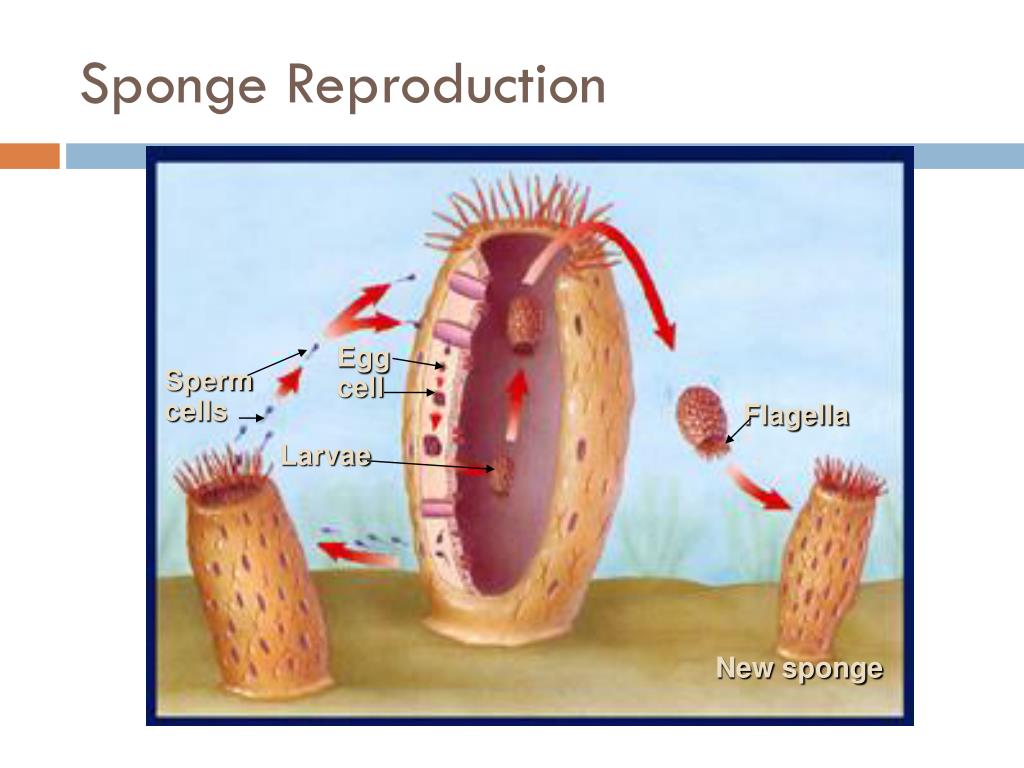


The three species of glass sponges in Hecate Strait that are able to build reefs require an amazing amount of silica. 3 These skeletons remain intact long after the sponge itself dies, which has resulted in some reefs reaching heights of up to 20 m 4– the height of a six-storey building. Their intricate skeleton is further strengthened as they grow and touch other glass sponges gaining support from each other and creating the three- dimensional framework, which is called a reef. Cleverly, glass sponges also fuse the points on the spicules together, much like scaffolding, to create a lattice-like skeleton. The skeleton is made of silica, which the sponge forms into delicate needle-like structures called “spicules”. Glass sponges form a massive skeleton for structural support. Left: Heterochone calyx growing on a pebble, Middle: Farrea occa and Aphrocallistes vastus settled on one another, Right: Glass spicules of Farrea occa (credit: Dr.


 0 kommentar(er)
0 kommentar(er)
